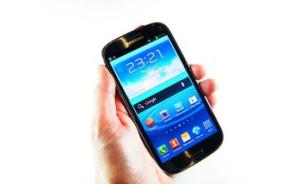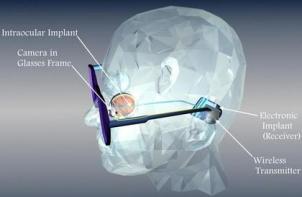At the time of writing this article, the iPhone 5 is less than two hours away from its official launch on September 12, 2012, yet the entire world seems to be more interested in what the iPhone 6, set for release in 2013, will bring. For the 2012 event, Apple focused more on filling the publicity gap that the passing-away of its founder, Steve Jobs, brought on. In terms of tech specs, however, numerous industry experts, such as the Washington Post, have surmised that the iPhone 5 will simply update Apple’s signature smartphone up to current standards. In other words, it will be catching up with the Galaxy and other competitors, while throwing its gigantic 500k application library into the mix. What, then, of the iPhone 6? Read on, for our assumptions and some rumors we’ve seen tossed around on the web.
The iPhone 6
First off, it’s probably going to be called the iPhone 6, instead of 5S, because 5S looks too much like a typo. It’s also very likely that it will be released on, or around the date of October 10, 2013, since Apple has religiously respected the 343-day rule between all its releases thus far. But how it will innovate?
A Sleeker Look
According to French designer Nak, the next iPhone will be longer, rather than adding on in terms of width. This will allow five rows of icons to be displayed on the home screen. With the increasing number of applications in the Apple Store library, which continues to grow on a day-to-day basis, it makes sense that Apple should be making room, as it were, in terms of display real estate, to accommodate its customers.
Power Up
Apple has always been known for adding already existent technologies to its products, and energy generation is very much on the table and in focus at the moment. The next iPhone could, for instance generate its own power through motion or by using solar cells or fuel cells. The patent for motion generation is currently held by the US Navy, while Apple holds the patent for solar cells and fuel cells.
Near-Field Communication
This technology was expected by many in the iPhone 5 and the advantages it would bring to daily life are enormous. For one thing, it could enable users to pay for their purchased items via their phones at store checkout. Yes, such technology can be perceived as somewhat invasive, since it makes heavy use of personal identification data, but an NFC chip could be turned off while not in use, or by those who do not want to use it.
Voice Service Hotspots
As it often happens with any brand of phones, iPhones, too, sometimes lose signal. With T-Mobile apparently preparing to join the ranks of all other carriers in the US, which are currently selling the iPhone, this might become less of a problem. However, the iPhone 6 ought to have the ability to connect anonymously to another phone of the same make, when experiencing trouble with connecting to the voice network. As long as Apple also introduces self-generating power sources for the iPhone 6, battery depletion shouldn’t be an issue, either!


